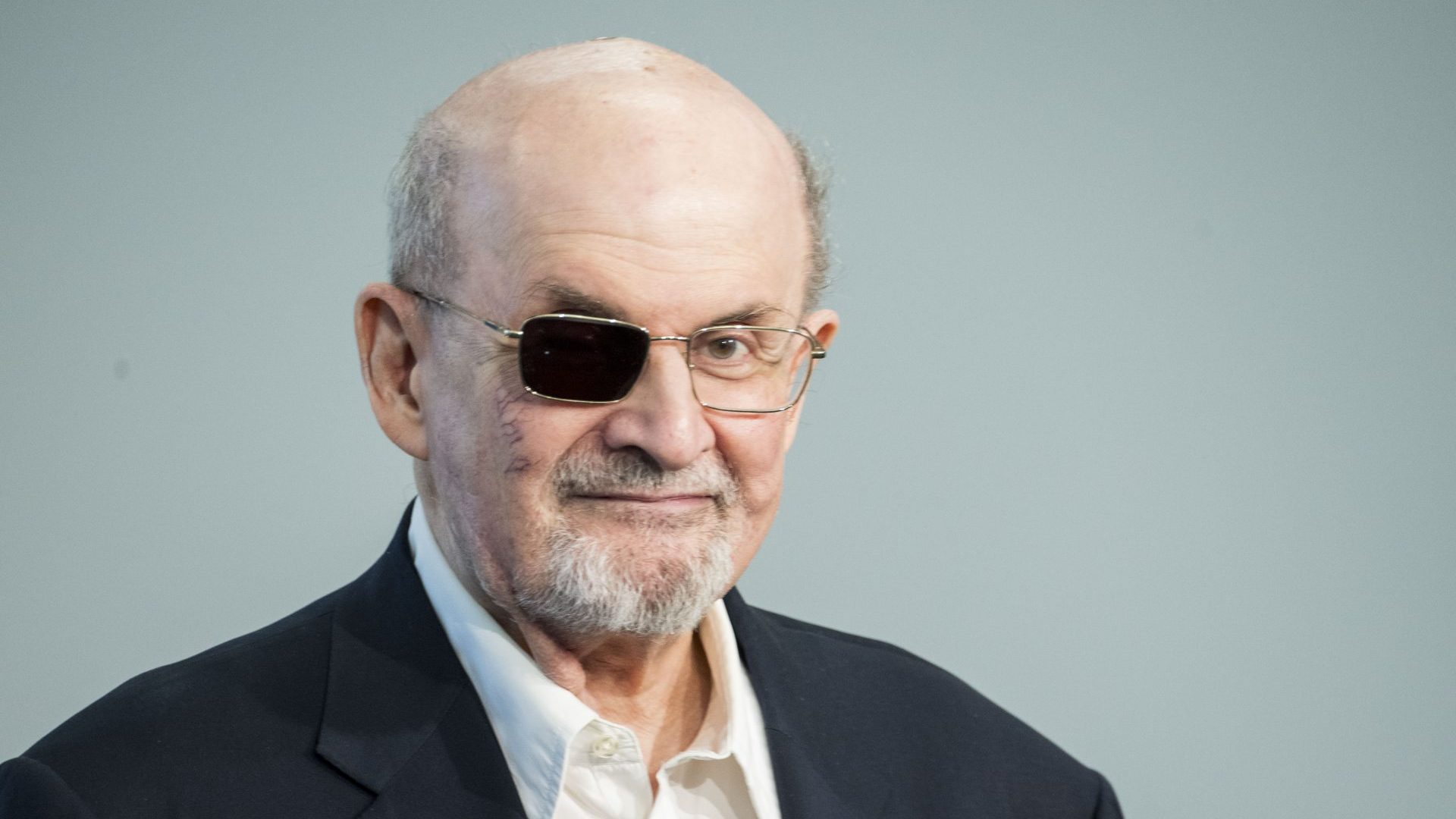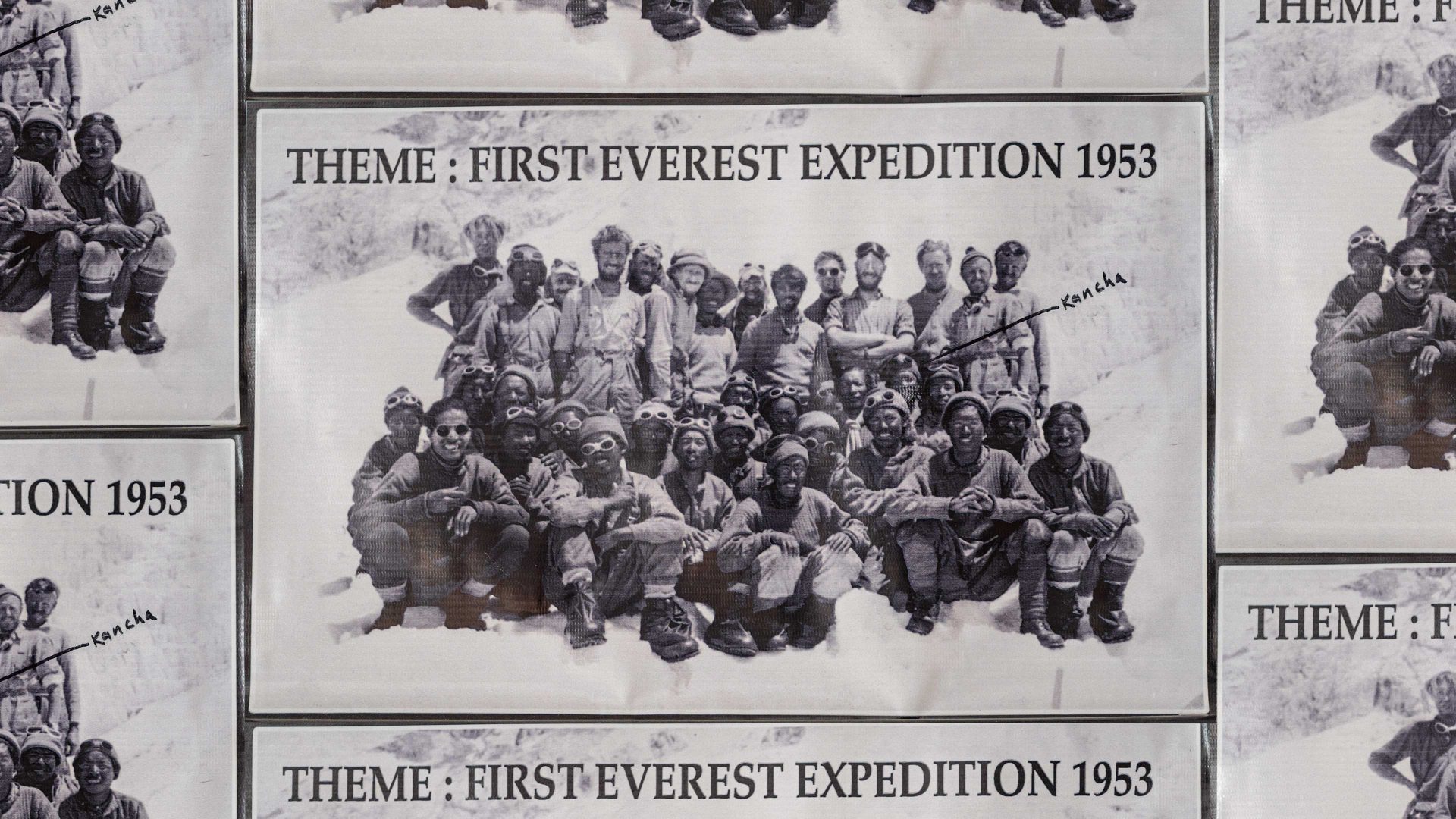One of the great all-time utterly bonkers performances in vintage cinema is that of Peter Ustinov as Emperor Nero in Mervyn LeRoy’s 1951 Quo Vadis.
Ustinov gives us the full Nero, buying totally into the myths and calumny generated by the young Roman emperor’s enemies. Maybe it was the ultimate bad press because, after thousands of years, it is who we think Nero was.
At any rate, Ustinov initially didn’t get the part. He almost did, but a cable then came back stating that the film-makers were sorry, but he was too young. The great actor pointed out that when Nero died he was just 31.
The final cable read: “Historical research has proved you correct stop the part is yours.”
Made by Metro-Goldwyn-Mayer, Quo Vadis is rich and in glorious colour. It has a cast of thousands and they are not AI generated. These folks are real. Sophia Loren is even said to have been an extra in it, but I have yet to spot her.
Post-war Rome was host and generator to two phenomena, realities that could not be more opposed to one another. There was big-budget “Hollywood on the Tiber”, and “neorealism.”
What the two schools had in common were directors determined to get their movies made in a city which had been deserted by its conquerors and declared “open”.
What these two concepts of cinema – big-budget, dubbed Hollywood, and films that practically used people off the street – had in common was the reality of the mighty film studio built by Mussolini: Cinecittà.
Turned into a displaced persons’ centre after the war, Hollywood grabbed it. It was cheap offshore film-making for them and the Romans needed the revenue.
“Hollywood on the Tiber” was the opposite of what Roberto Rossellini was doing.
This column is not big enough to do full justice to this maestro of cinema but, needless to say, he was not going to Hollywood to look for a cast.
The fact that a great Hollywood star, Ingrid Bergman, fell in love with him after watching his films, leaving her life behind to work with him, marry, and make a family with him, did not stop his drive, his need to make cinema as realistic as possible.
His art was what he and others called “neorealismo”. It had to be real and not backdrops filmed in Hollywood. He had seen too much, knew too much for that.
Through “Hollywood on the Tiber”, we see Rome as dreamed of by America and, through Rossellini, we see Rome as it was.
The blockbuster success of Quo Vadis led to an avalanche of Hollywood films made in Rome, arguably the last big one being Joe Mankiewicz’s career-ending behemoth Cleopatra (1963) with Taylor and Burton.
We watch Quo Vadis now for fun and the American accents spoken by the Romans. We watch Rossellini’s Roma città aperta (Rome, Open City) for the gunning down of Anna Magnani and the simple, peasant ignominy in which she dies and lies in the road, her dress slightly blowing up in the breeze.
The execution of a priest – a real-life event that provided the inspiration for the film – is not only poignant but visceral. Real. You can smell it. The antithesis of Quo Vadis.
Both these directors were in Rome, men for whom film was their domain, their own domain.
Writers and actors and set designers mattered. But their aim was: the audience and the camera that conveyed the film itself to those of us who came to watch it.
MGM had to fight the growing power of television and the fact that people preferred to stay home and watch the screen on that big box in the middle of the room. MGM lost the battle. An emblem of that was that I and many kids like me came to know MGM from television.
Rossellini was not afraid of television and he made a great film for the medium but, in his “neorealismo”, we see a real Rome, one that Quo Vadis and “Hollywood on the Tiber” could not, dare not convey.




